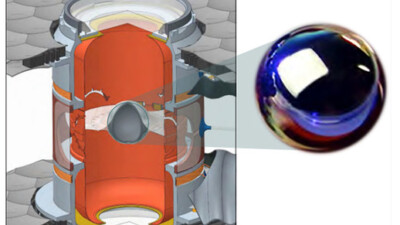Azure Printed Homes expands operations in California and Colorado.
Access to affordable housing seems more out of reach than ever for many people living in the United States. According to the U.S. Census Bureau, there were an estimated 145,344,636 housing units (including apartments and mobile homes) for a population of 334,914,895 people in 2023. Obviously, the goal isn’t to get that ratio down to 1:1, but it could at least align with the average family size of 2.51.
While it’s been persuasively argued that fixing the housing crisis requires more than market-based solutions, the simple fact is that building more housing units is still necessary even if it’s not sufficient. That’s the reasoning behind a recent announcement from Azure Printed Homes, which additively manufactures small homes and accessory dwelling units (ADUs) using recycled polymers.
The company is reportedly expanding its operations in California and Colorado, two of the most popular states for the so-called tiny house movement, according to the home improvement website, HomeAdvisor. Azure claims that its expansion is a direct response to the growing need for affordable and sustainable small home and ADU solutions, with the ability to build and deliver units within 3-4 weeks of ordering at a minimum of $39,000 per unit.
“Regulation is moving quickly in support of ability to add ADUs to existing multifamily projects with California passing SB 1211 to allow up to 8 detached ADUs per each development,” said Azure co-founder Gene Eidelman in a press release. “However, the ability to construct and install these units quickly and sustainably is of vital importance as well. These are the primary factors that are spurring our need and opportunity to ramp up our manufacturing facilities to 24/7 operation.”
In addition to Azure’s expansion at its Los Angeles, CA headquarters, the company’s Colorado location will see the construction of a 20,000-square-foot factory in the Denver area that will open in 2025 for production of a 100-home development.
“While multiple small home providers are trending toward 3D construction, many are constructed with concrete, which contributes both directly and indirectly to greenhouse gases,” Eidelman noted, attributing much of Azure’s success to the company’s ability to convert plastic waste into sustainable housing, using recycled plastic polymer as its primary building material.



